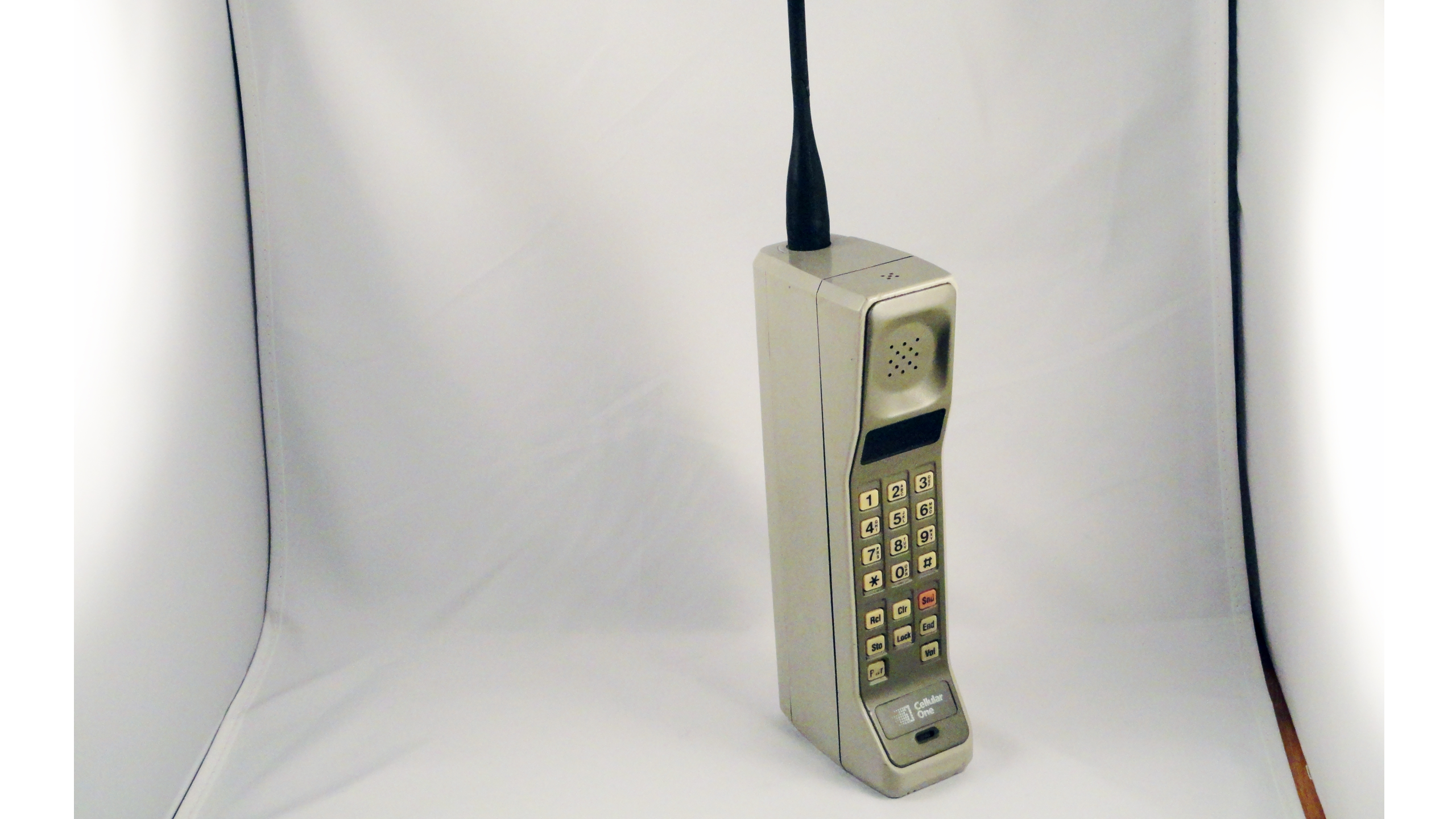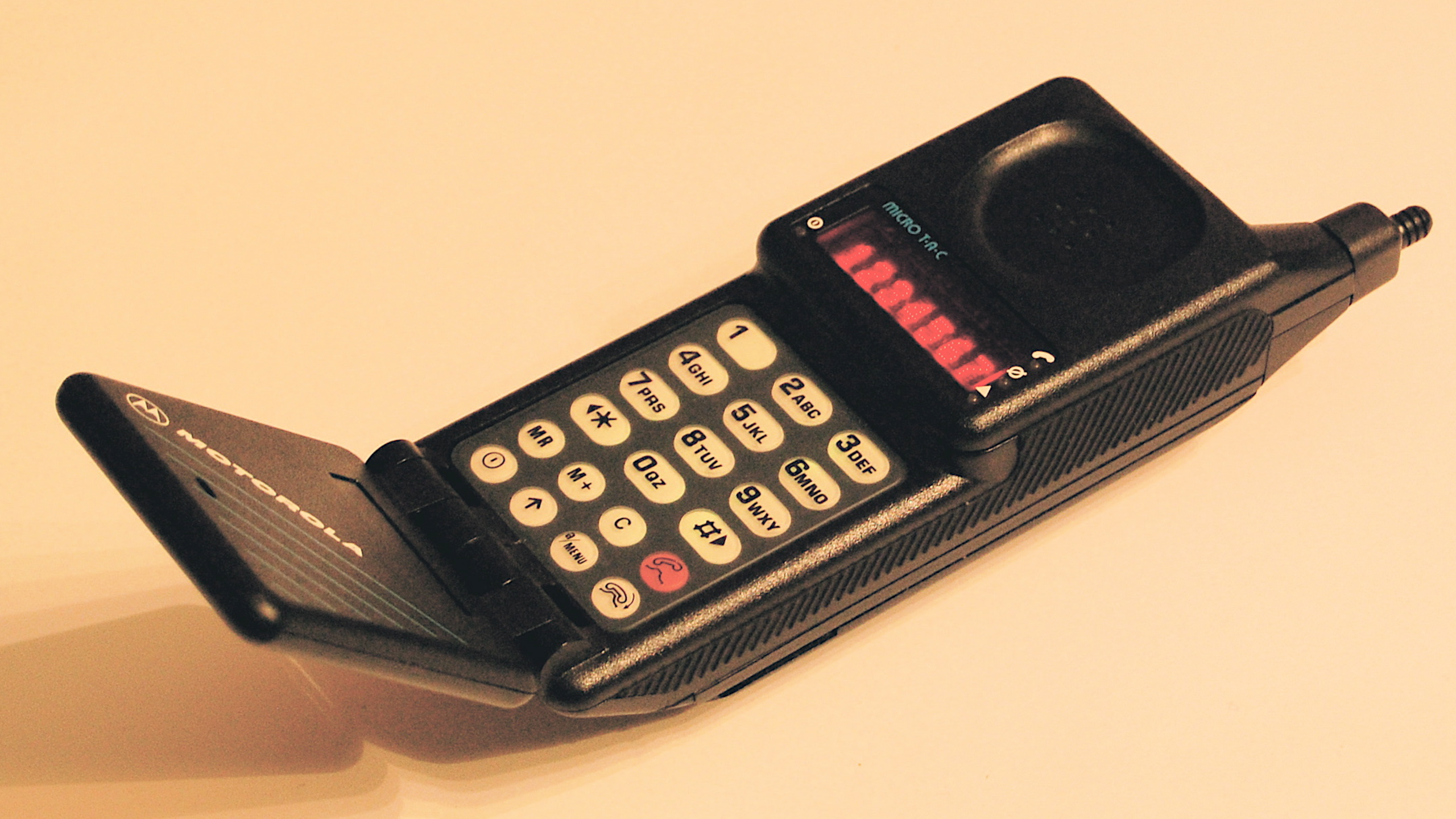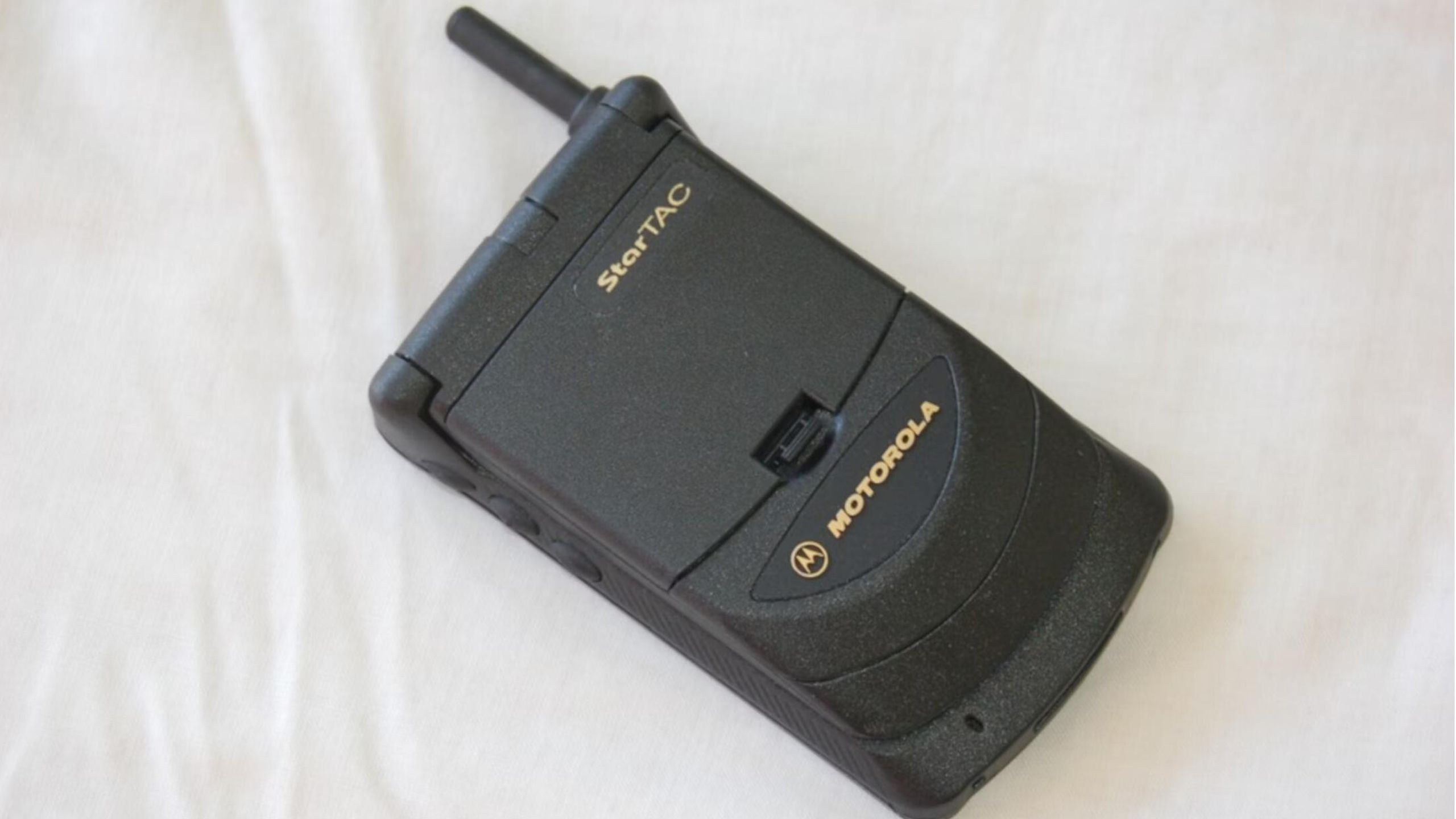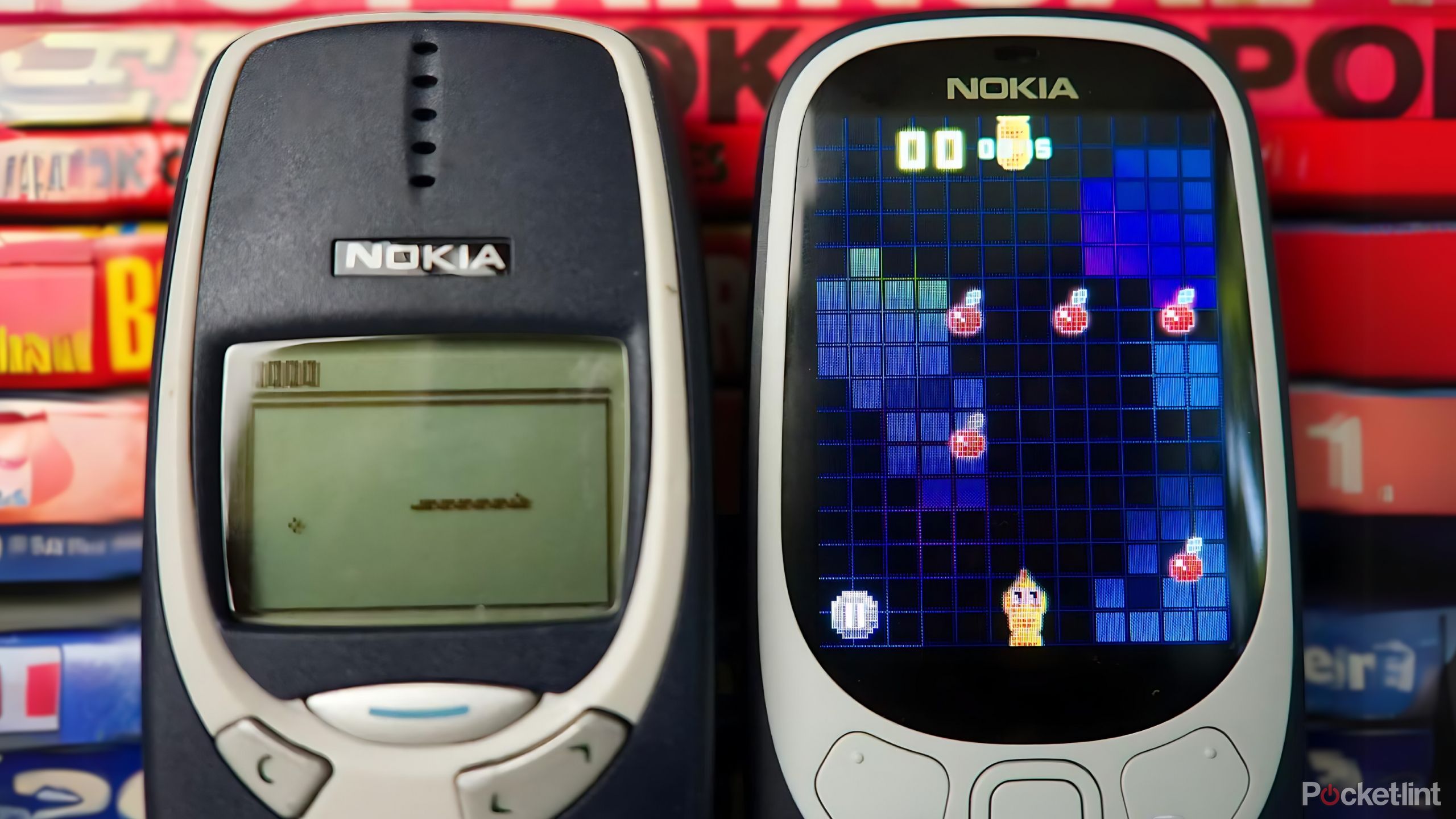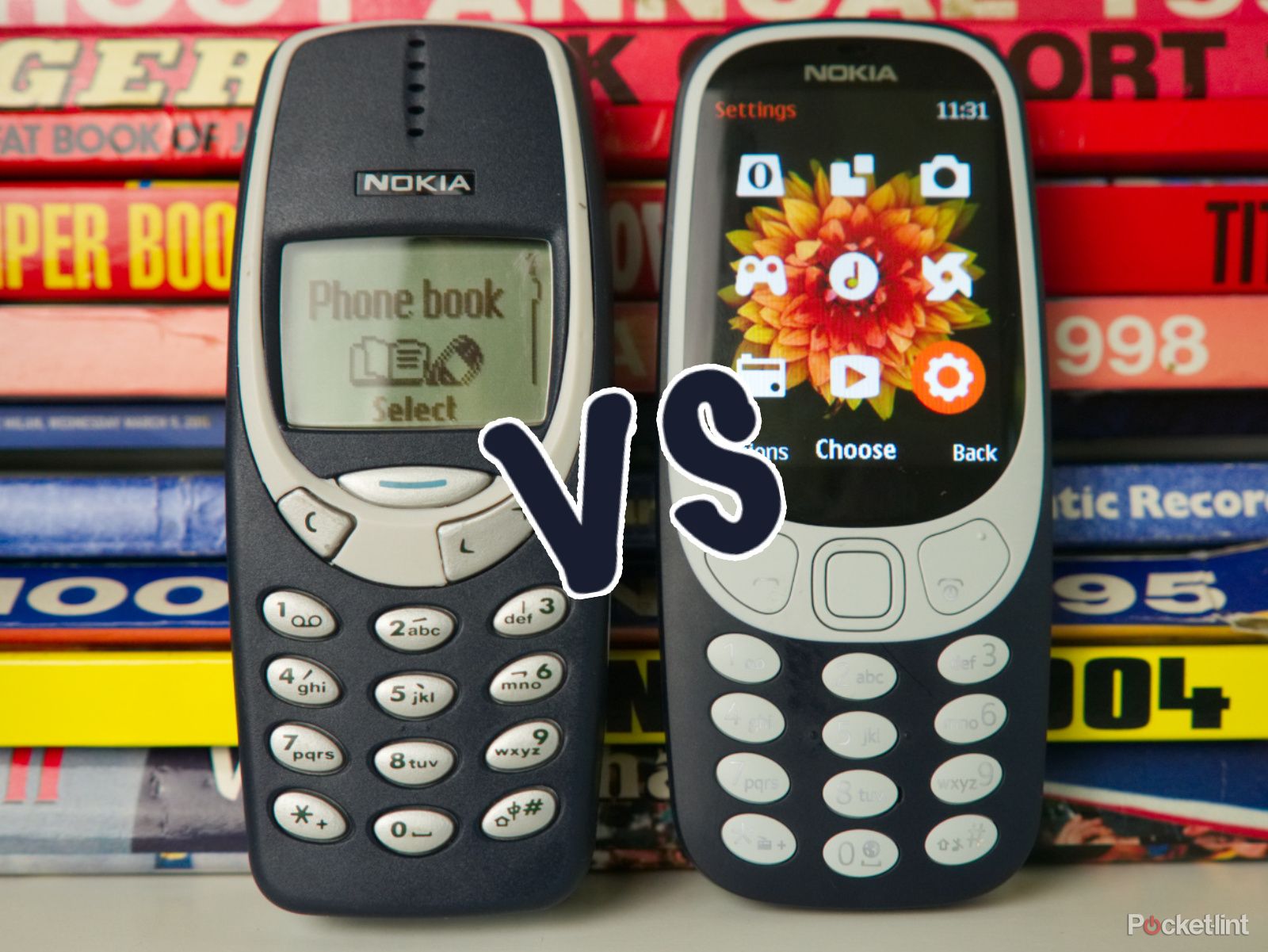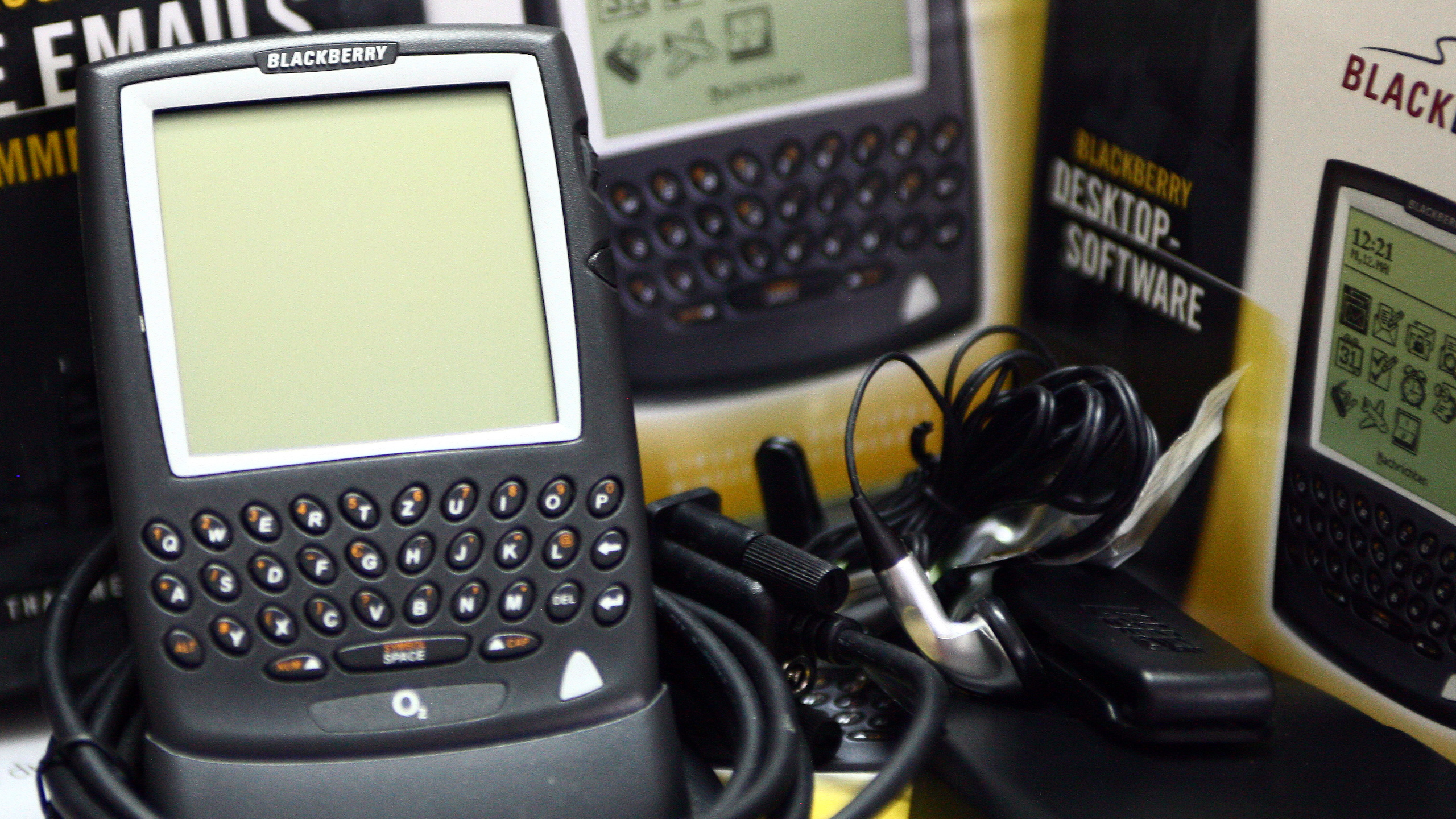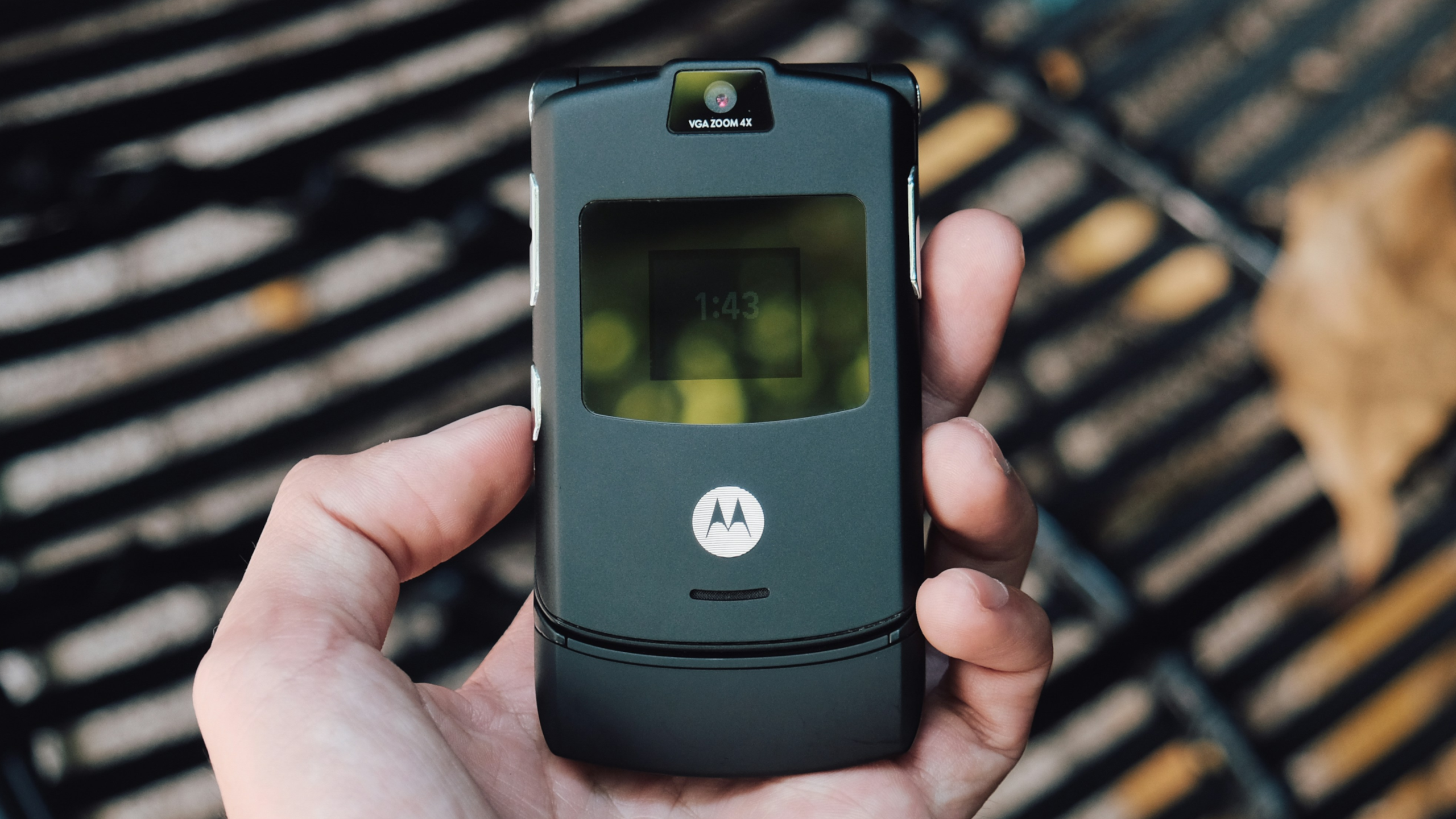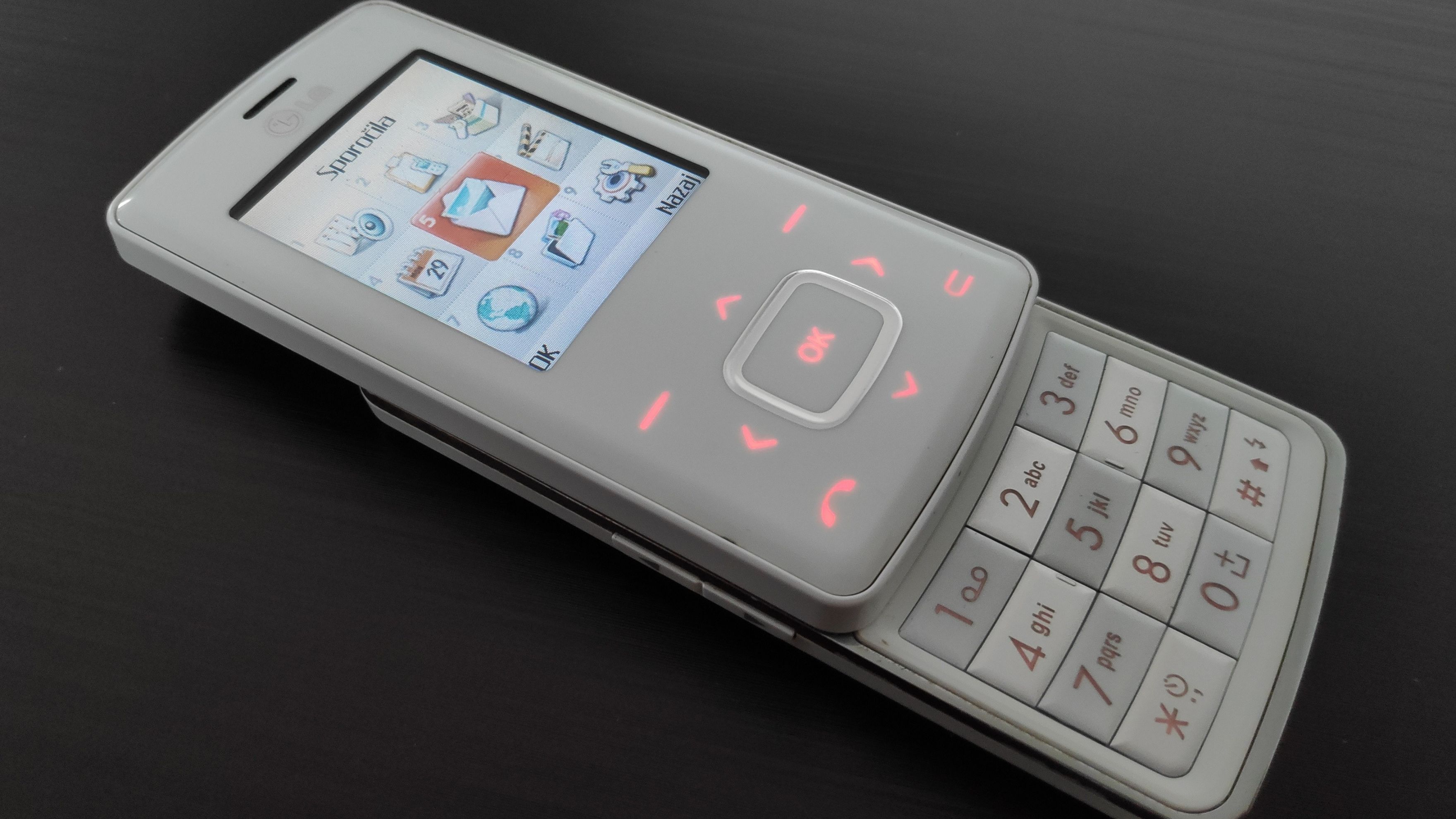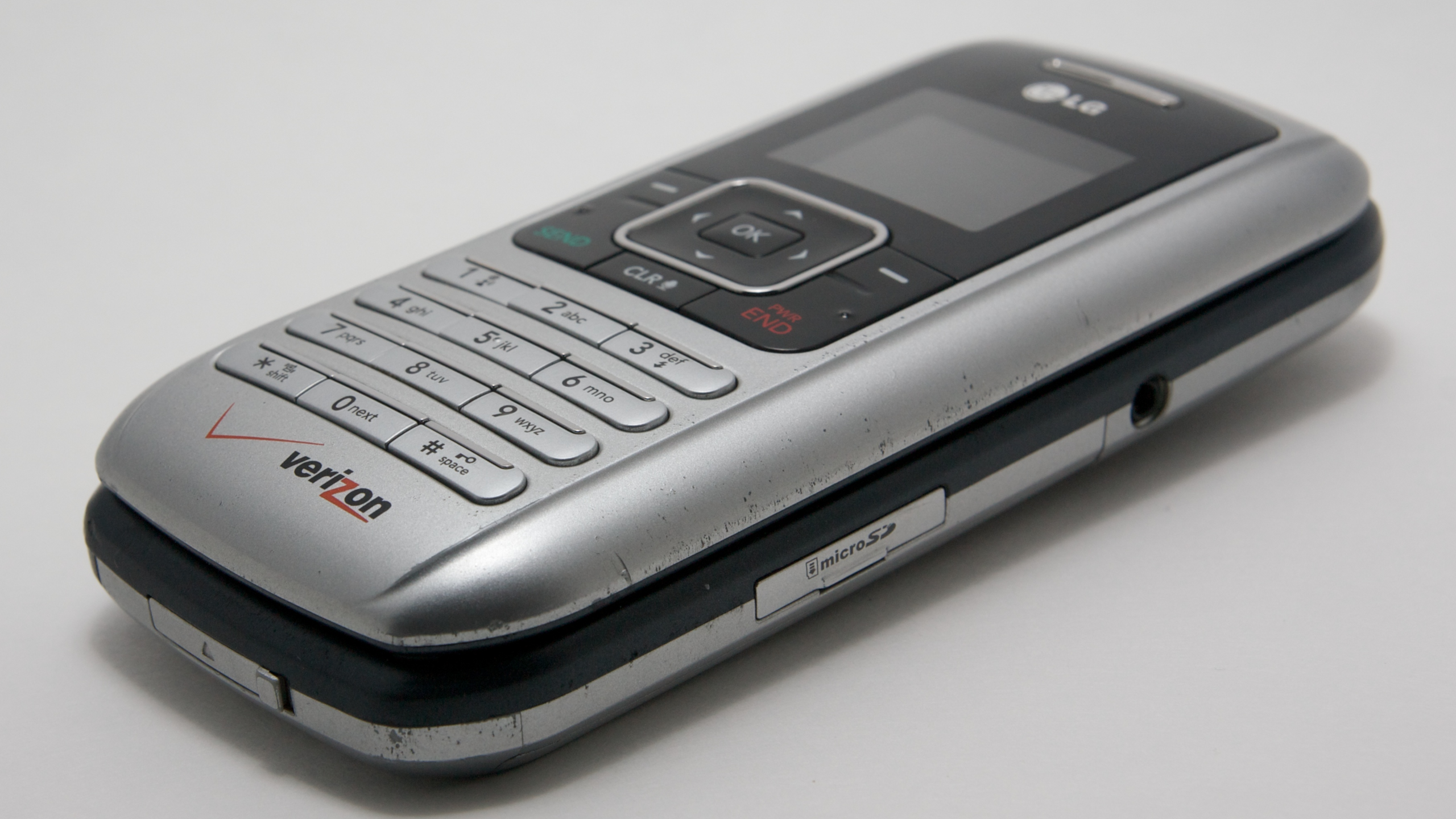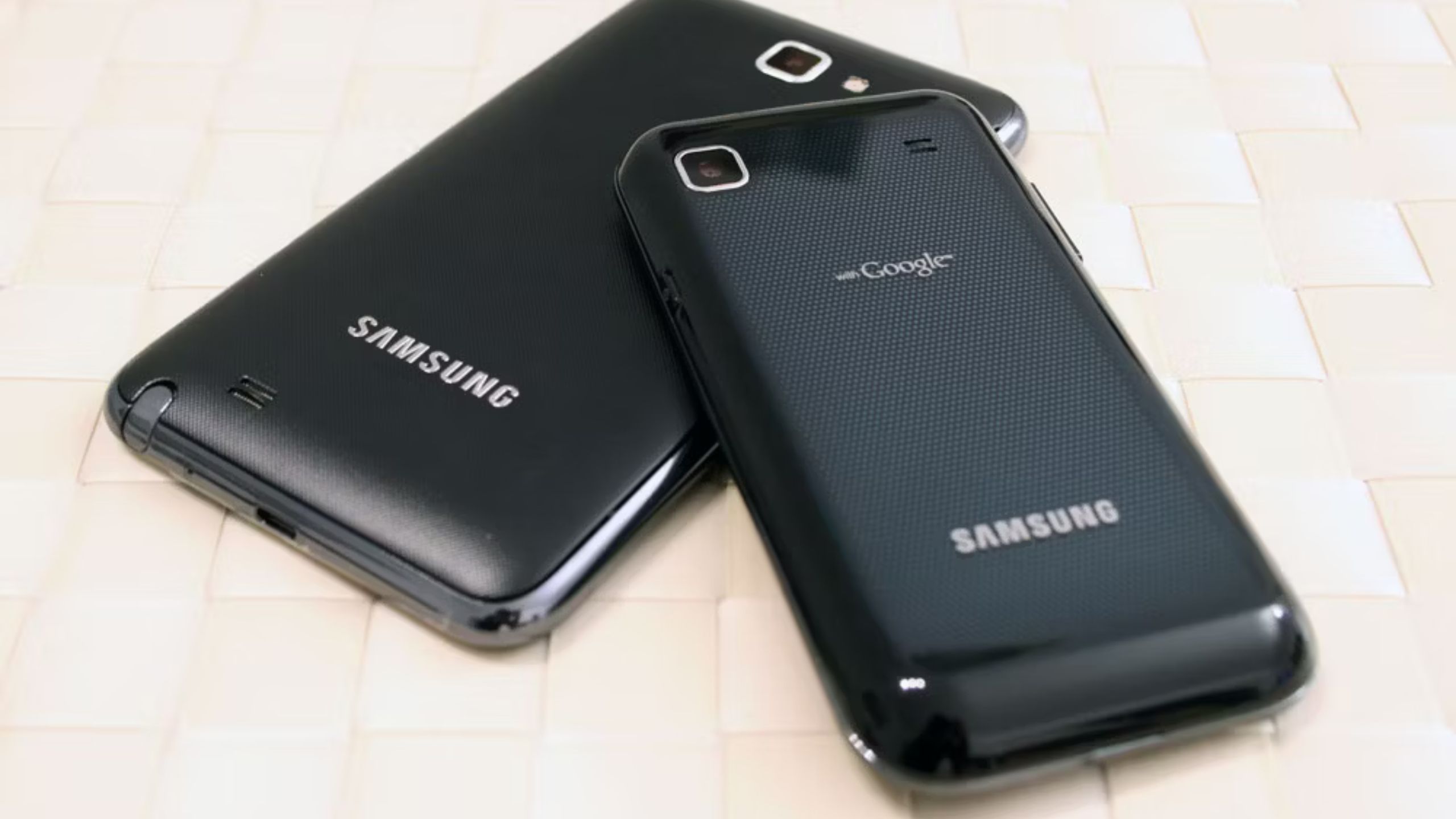Key Takeaways
- Early phones like the DynaTAC and MicroTAC revolutionized phone design, paving the way for future innovations.
- The Nokia 3310, BlackBerry 5810, and Motorola Razr V3 were iconic phones that left a lasting legacy in the industry.
- Samsung Galaxy Note series, with its large display, influenced the trend towards big-screen smartphones for content consumption.
These days, it’s pretty tough to tell apart one phone from another. The modern-day smartphone has morphed into a predictable slab of glass, with hardly any design flourishes to tell one brand apart from the next.
It wasn’t always like this, however. In the early days of the cell phone, we were spoiled for choice. With the industry just getting its legs, year-on-year innovation was at an all-time high, and we witnessed the rapid progression and evolution of phone design, feature set, and brand image.
And yes, if you remember these phones being on the market, you’re officially getting old.
Apple, Google, Samsung: All the new phones we expect in 2024
Will smartphones get exciting again in 2024? It’s too early to know for sure, but here’s what we expect so far.
Here’s a glimpse of some of the most notable phones to grace the consumer landscape. And yes, if you remember these phones being on the market, you’re officially getting old.
1 Motorola DynaTAC (1983)
The one that started it all
Mike Kuniavsky on Flickr
The DynaTac is what legends are made of — having the distinction of being the first truly portable phone available on the consumer market. An abbreviation of “Dynamic Adaptive Total Area Coverage,” the DynaTAC truly was a revelation at the time of its debut. Large ‘car phones’ had existed to this point, but Motorola ushered in the age of truly untethered phone calls.
In 1983, you would’ve been the bee’s knees if you carried around one of these beauties.
By today’s standards, the DynaTAC makes the average cinder block blush. But in 1983, you would’ve been the bee’s knees if you carried around one of these beauties. Infamously, it would take 10 hours to charge up the battery, which would net you a whopping half an hour worth of talk time.
2 Motorola MicroTAC (1989)
Things start to take shape
Aging Gracefully on Flickr
The MicroTAC was Motorola’s next big thing — but really, it was a much smaller thing than its predecessor. It sure lived up to its ‘micro’ moniker, being shaped and sized in a way that made it feel like it was built for humans and not for giants.
Looking at it today, the MicroTAC is still comically large for a cell phone. However, the novel flip-out design for its mouthpiece would go on to pave the way for the later flip phone boom of the 2000s. Modern ‘flip’ style foldables, like the Samsung Galaxy Z Flip series, inherit DNA directly from the MicroTAC.
3 Motorola StarTAC (1996)
Why wasn’t this called the NanoTAC?
MarcCEcases on Flickr
One glance at the StarTAC is all you really need to appreciate the appeal this phone had in its heyday. Motorola’s engineers were able to cram a fully functioning portable phone into something that can actually fit in a pocket. The company iterated on the ‘flip’ concept from its earlier MicroTAC, and helped codify the flip phone design language that would prove so popular in the years to come.
4 Nokia 3310 (2000)
The downright indestructible one
The Nokia 3310 was a straight-up icon. It was compact, it was full-featured, and it earned a reputation for being extremely well-built and durable. The Finnish phone maker was certainly not the only one building ‘candy bar’ style cell phones in the 2000s, but it’s the one that most of us remember and has become synonymous with the form factor.
Nothing beats playing a game of Snake on the original monochrome hardware. If you know, you know.
The phone became such an icon that Nokia went on to release a new variant of it back in 2017. The new 3310 was a fun throwback device, but nothing beats playing a game of Snake on the original monochrome hardware. If you know, you know.
5 BlackBerry 5810 (2002)
Rise of the QWERTY keyboard Planet
knowallmen on Flickr
Ah yes, BlackBerry. The 5810 wasn’t the first device to be released by Canadian-based Research In Motion, but it was the first one to include a built-in mobile phone. The device was aimed primarily at businesses as opposed to consumers, which would become the case for many BlackBerry phones over the years.
The 5810 took the QWERTY keyboard of its earlier 850 siblings, and cemented it into a now-iconic portrait orientation. Even with its small monochromatic display, it’s easy to tell that the 5810 is the ancestor of the popular BlackBerry Bold devices that would later (briefly) dominate the business world.
Try as it might, first with BlackBerry 10 and later by embracing Android, BlackBerry would later fail to stave off its competition from the likes of Apple, Google and Samsung.
6 Motorola Razr V3 (2004)
Premium, stylish, and chic to the gills
Thai-Nguyen on Unsplash
It’s fitting that the most beloved flip phone ever released came from the same company that brought us the earlier DynaTAC and StarTAC phone models. The Razr V3 lived up to its name, being an incredibly thin piece of tech for its time.
The V3 was far more than a mere cell phone, of course. It was a full-blown fashion statement. You could sure tell someone was keeping up with the trends when they whipped out their shiny and metallic Razr. And who could forget the satisfaction of clasping the device shut after ending a particularly heated phone call?
With the later rise of ‘flip’ style foldable smartphones, Motorola wisely decided to resurrect the iconic brand and is still releasing Razr phones to this day.
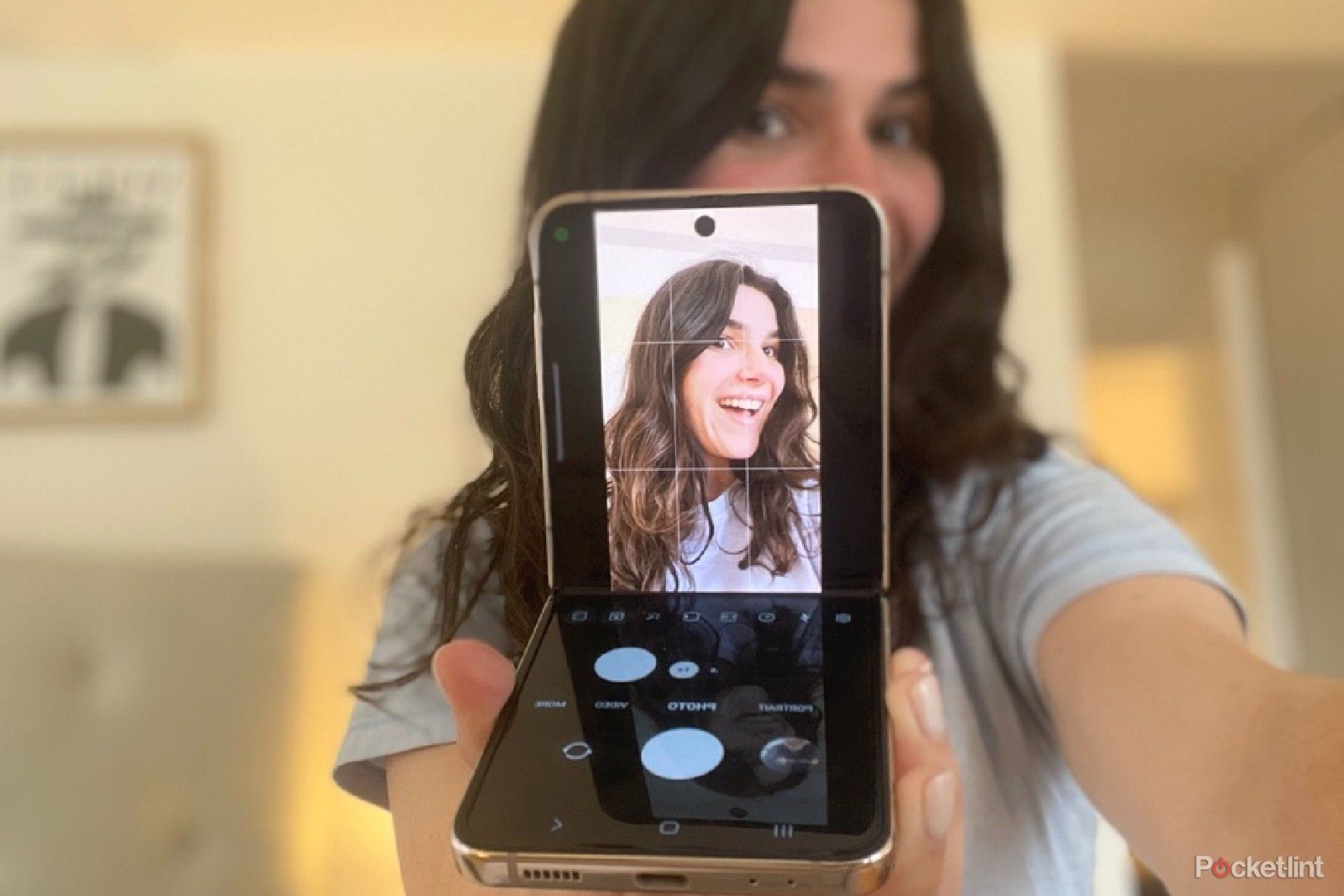
Modern flip phones aren’t the dumb flip phone Gen Z is nostalgic for
Gen Z isn’t answering the smartphone industry’s call to make retro tech smart.
7 LG Chocolate (2005/6)
Remember when phones had fun names?
Petar Milošević on Wikipedia Commons
The LG Chocolate was a phone that fully embraced the ‘slider’ form factor. The device was compact and elegant looking, with a hidden number pad that could be accessed at any time simply by flicking the display upward.
There have been countless ‘slider’ phones over the years, which have achieved various levels of success and infamy. The LG Chocolate was an instant hit, likely a result of its attractive design, branding, and fun light up red keys.
8 LG enV VX9900 (2006)
A great way to make your friends enV you
Scott Pham on Flickr
Another hit from LG, the enV, was a candy bar style phone with an emphasis on style. It sported a number pad on its front, right under the display. Its real claim to fame was its hidden landscape keyboard, with the device unfolding to reveal a larger display on the inside.
The device was released at a time when phone manufacturers weren’t afraid to try out fun new form factors and see what sticks the landing.
The rear side of the enV was equally novel, resembling a point-and-shoot camera more than the backside of a feature phone. The device was released at a time when phone manufacturers weren’t afraid to try out fun new form factors and see what sticks the landing.
9 Samsung Galaxy Note (2011)
I’m just glad the term ‘phablet’ didn’t stick around
There was a period of time, early in the history of Android phones, where Samsung wasn’t the behemoth it is today. Sure, the South Korean giant had been making phones for a long while, but there was stiff competition in the Android world from the likes of LG, HTC, among others.
While it was Samsung’s ‘S’ series of phones that would first propel the company into the, well, Galaxy, the Note series was arguably even more influential in the industry. It was released with a massive-at-the-time 5.3-inch display, back when people were beginning to turn to their phones for all-things content consumption.
Originally derided by many as simply being too big to be a smartphone, the market spoke, and now it’s difficult to find a phone on the market that doesn’t have a massive screen for watching shows and binging YouTube videos for hours on end.
8:40
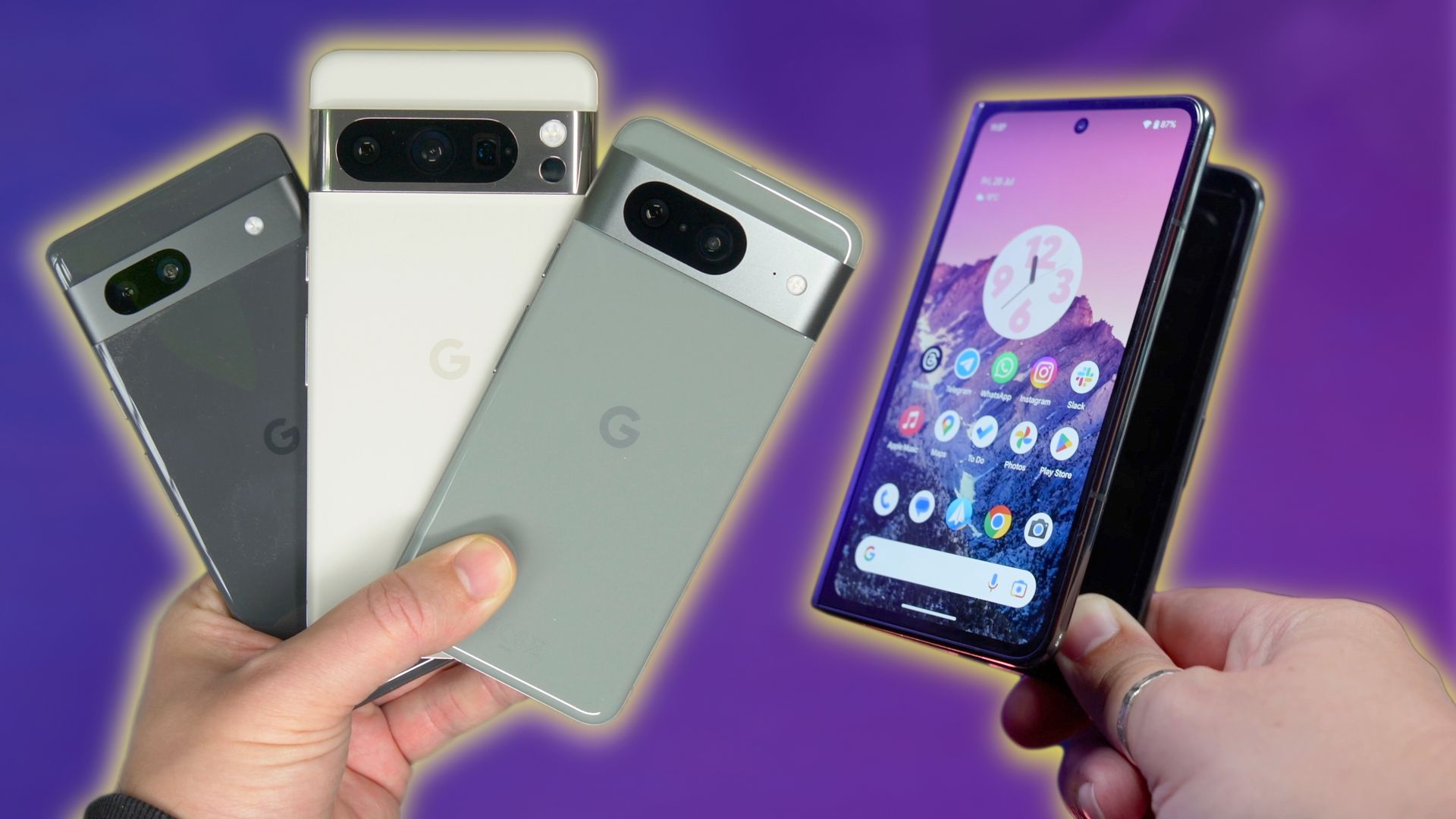
Best Google Pixel phones: Expert tested and reviewed
Not sure which Pixel phone is the right one for you? Here’s a breakdown of every model Google offers.
Trending Products

Cooler Master MasterBox Q300L Micro-ATX Tower with Magnetic Design Dust Filter, Transparent Acrylic Side Panel…

ASUS TUF Gaming GT301 ZAKU II Edition ATX mid-Tower Compact case with Tempered Glass Side Panel, Honeycomb Front Panel…

ASUS TUF Gaming GT501 Mid-Tower Computer Case for up to EATX Motherboards with USB 3.0 Front Panel Cases GT501/GRY/WITH…

be quiet! Pure Base 500DX Black, Mid Tower ATX case, ARGB, 3 pre-installed Pure Wings 2, BGW37, tempered glass window

ASUS ROG Strix Helios GX601 White Edition RGB Mid-Tower Computer Case for ATX/EATX Motherboards with tempered glass…


